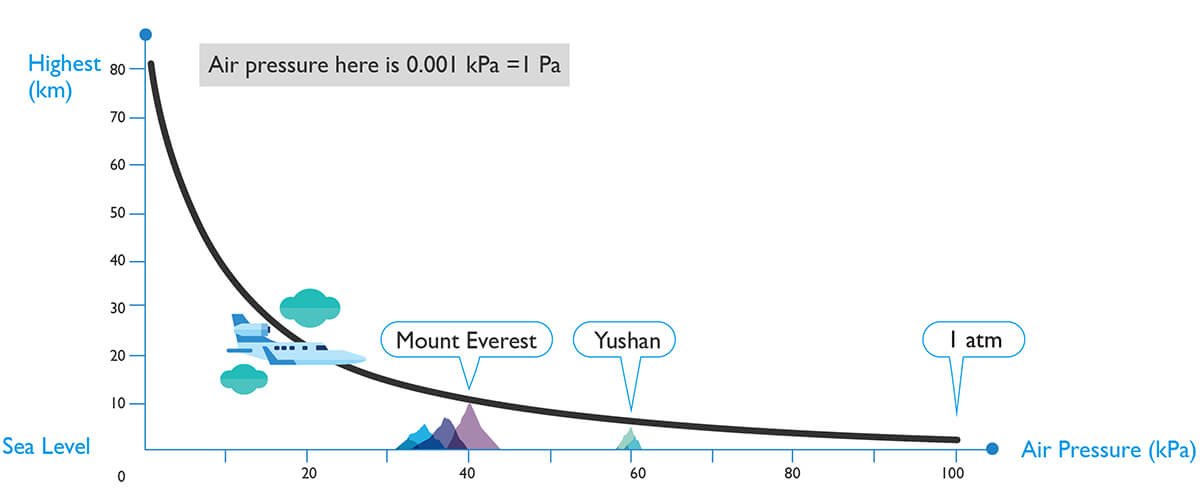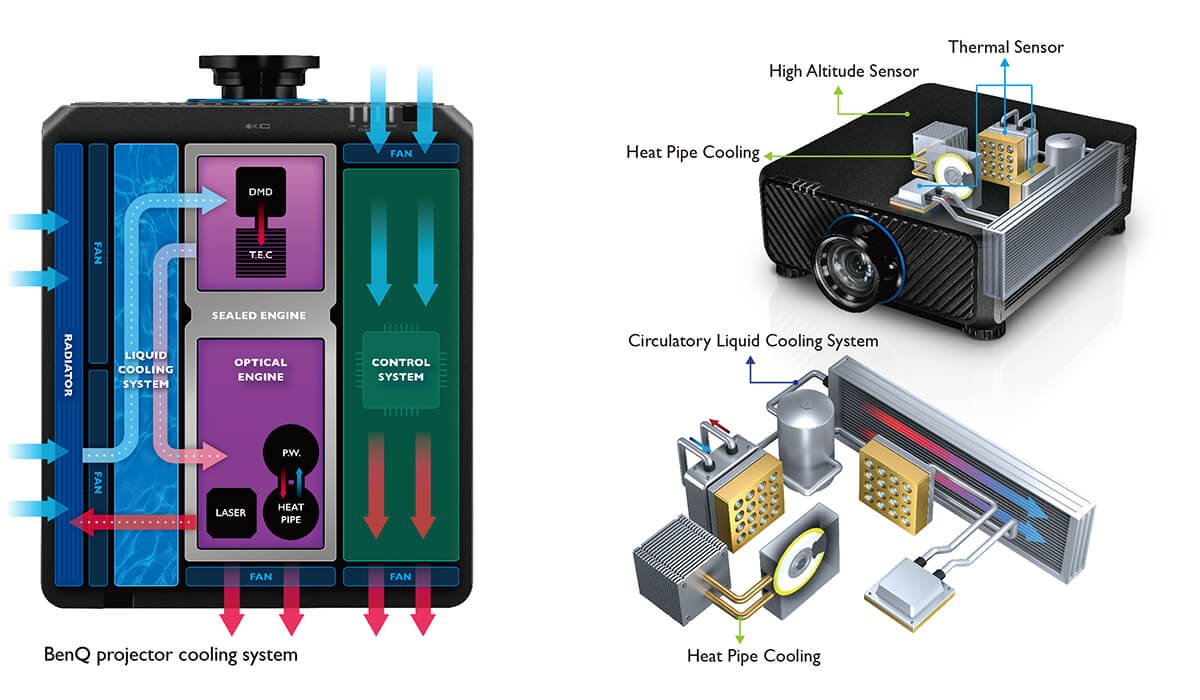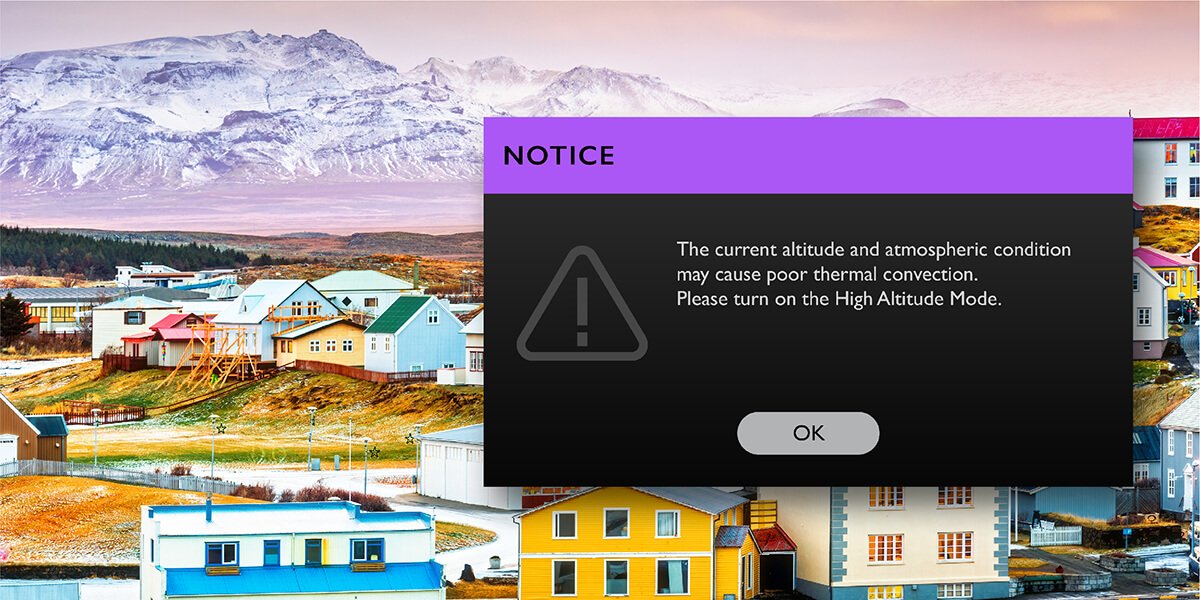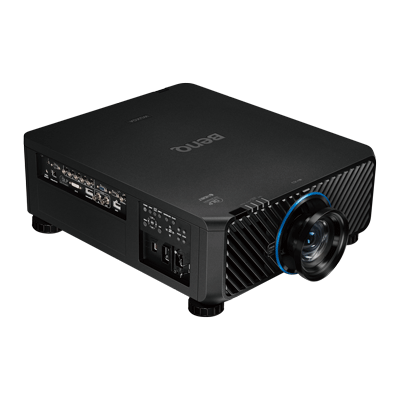High Altitude Mode for Projectors
- BenQ
- 2019-10-10
Roughly 56.2% of the world’s population live in altitudes no higher than 200 meters above sea level, while 35.6% live in altitudes between 200 to 1,000 meters above sea level, and about 8.2% live at least 1,000 meters above sea level. Altitudes of 1,500 to 3,500 meters above sea level are considered high altitude, with altitudes over 3,500 meters above sea level considered extremely high altitudes.

When a projector has not been designed to take into consideration usage in high-altitude locations, it will tend to overheat and malfunction, and feature damaged parts or structural deformations, all due to inadequate heat dissipation or cooling. As a result, in terms of setting and/or location, projector design should always account for the whole spectrum of users including users living in locations deemed high altitude (i.e. 1,500 to 3,500 meters above sea level). Only systems with high altitude modes can assure continued and proper projector use.

Figure 1: The higher the altitude, the lower the air pressure.
Heat dissipation in projectors is a result of the airflow produced by the system fan which needs to flow through various component parts such as the lamp, the digital micromirror device (DMD), the circuitry, and others to work effectively. From a design perspective it is the blades of the fan that force air circulation within the projector and thereby push the hot air out. In a high altitude setting, because it features low air density, normal fan speed will not produce the amount of requisite airflow needed for a projector to function properly, as a result fan speed needs to be increased to address this issue.

Outside of allowing users to manually adjust relevant settings, BenQ projectors also feature sensors that detect the surrounding atmospheric pressure to predict the altitude level and automatically activate high-altitude mode to increase fan speed and thus safeguard the projector, ensuring proper operation.

Figure 2: BenQ projector equipped with an integrated air pressure sensor, auto alert users to turn on high altitude mode.
In summation, if you are looking to use a projector in a high-altitude location we recommend that you check whether or not the projector features a high-altitude mode that can deal with environments that have low air density and air pressure before you make your purchase. A projector that has the capability to automatically detect the conditions of its surroundings and make adjustments accordingly will only help reduce the amount of human error involved in projector use.
Further Reading
-
Trends & Knowledge
BenQ Dust-Proof Laser Projectors
-
Trends & Knowledge
Harmful Effects of Dust on Laser Projectors
With the progression of industrial development and increasing vehicular density in metro regions, air quality in major big cities around the world all suffer significant impact, particulate matter and ozone being the worst offenders.
2019.07.17 -
Trends & Knowledge
Three Reasons why BenQ chose DLP chips instead of traditional LCD panels to power their laser projectors
Three Reasons why BenQ, the world's No. 1 DLP projector brand, chose DLP chips instead of traditional LCD panels to power their laser projectors: 1. BenQ laser projectors using DLP chips don’t turn yellow over time 2. DLP chips enables high color accuracy for accurate logos and photos 3. BenQ uses DLP architecture to create filter free IP5X certified laser projectors
2020.04.25 -
Trends & Knowledge
What is a Laser Projector?
2020.04.18



